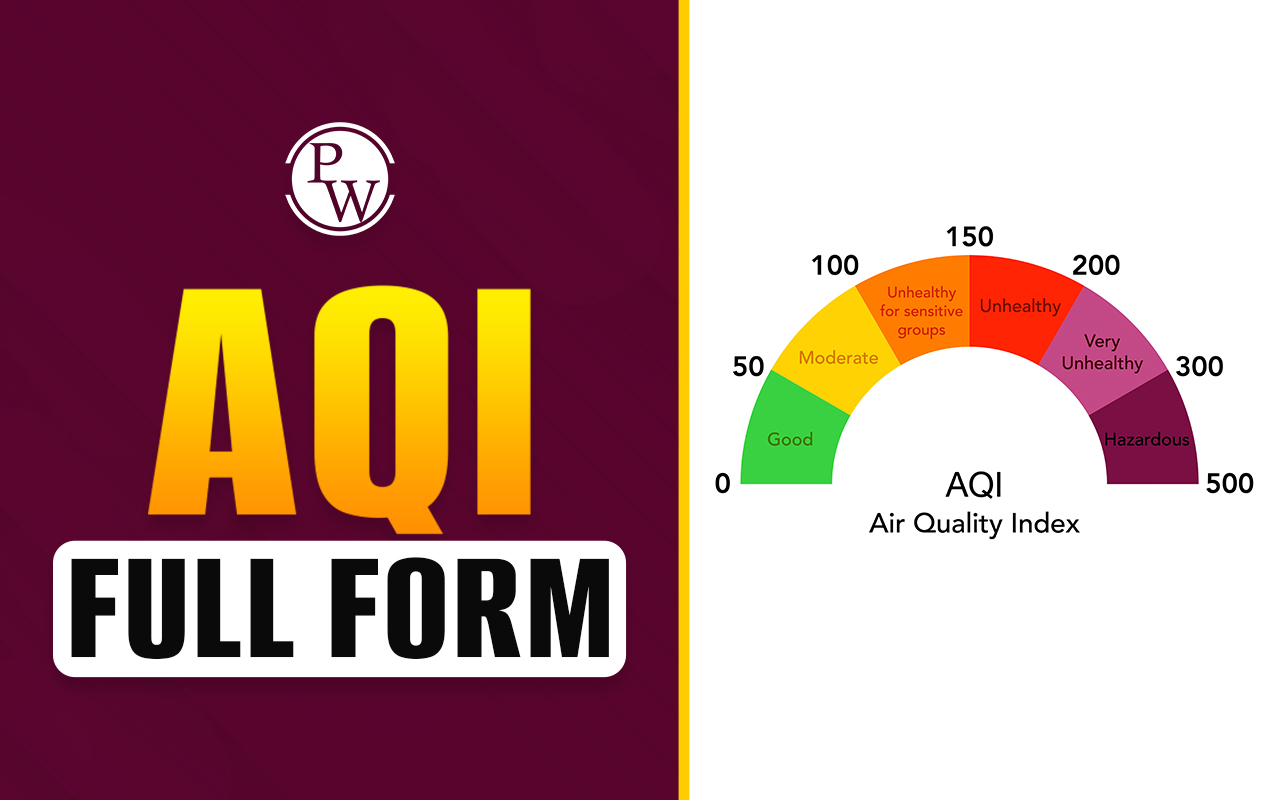

NHAI is the short form of the National Highway Authority of India. The NHAI is an agency that is autonomous and run by the government of India. It was established back in 1995 and carried out the management of around 50000 km of the national highway. The total network of national roads is 1,32,499 km in India. This means that NHAI is responsible for managing about half the highway network.
Moreover the chairperson of NHAI is a female, which is a very revolutionary thing in itself. The name of the chairperson is Alka Upadhyaya. NHAI is also considered the first digital law-making institution in India.
NHAI was established under the National Highway Authority of India act created in 1998. Under the act, NHAI must maintain and look after the management of the national highways of India. The government of India looks after it. It was on 10th February 1995 that NHAI was made an independent institution that could work by itself.
NHAI is also a Guinness world record holder as a highway of 75 km between Amravati and Okala in the state of Maharashtra was built by them in just five days which is very difficult.
Projects by NHAI
As of now, NHAI has been a part of a lot of revolutionary product projects in India. It has been solely responsible for the development of the highway infrastructure of India. The implementation of different schemes was under a variety of phases. Here are some of the projects that NHAI has worked on-- In phase 1, approved in December 2000, around Rs.300 billion was spent to work on connecting major ports to national highways.
- In phase 2, approved in December 2003, NHAI spent around Rs.343 billion on completing the NCW corridors and an extra 486 km of National Highway.
- In phase 3A, approved in March 2005, around Rs.222 billion were spent on the upgradation of four lanes of 4035 km of the National Highway.
- Phase 3B was approved in April 2006 at around Rs.543 billion. There was an expenditure again for the upgradation of four lanes of 8074 km of National Highway.
- In Phase 5, approved in October 2006, NHAI worked on the upgradation of six lanes for 6500 km of the national highway. Phase 5 took inspiration from DBFO.
- Phase 6 cost NHAI around Rs.167 billion and focused on developing 1000 km of expressways.
- Phase 7 was approved in December 2007 and focused on developing ring roads, bypasses, and flyovers in selected areas. The total expenditure was Rs.167 billion.
Green Highways
Green highways is a project by the Ministry of Road, Transport and highways, which is also an organisation by the government of India. Also, the policy was introduced on 29 September 2015 to develop green beds along national highways. Green highways highlighted the importance of a pollution-free environment and motivated people to grow more and more trees. Additionally, the policy aimed to bring together different people, such as people from the corporate sector, farmers, government agencies, forest departments, and whatnot. The idea behind this decision was to also increase greenery in big cities where the plantation has been decreasing rapidly through the past few years. It would also generate employment opportunities in the plantation sector. Lastly, lakhs of people would get the job because of this new target by the government. All in all, it was very beneficial for everyone in every way. [wp-faq-schema title=" Full Form of NHAI FAQs" accordion=1]What is NHAI?
NHAI is the short form of the National Highway Authority of India. The NHAI is an agency that is autonomous and run by the government of India. It was established back in 1995 and carried out the management of around 50000 km of the national highway. The entire network of national highways is 1,32,499 km in India.
What are some of the projects that NHAI has worked on?
Here are some of the projects that NHAI has worked on-
In phase 1, approved in December 2000, around Rs.300 billion was spent to work on connecting major ports to national highways.
In phase 2, approved in December 2003, NHAI spent around Rs.343 billion on completing the NCW corridors and an extra 486 km of National Highway.
In phase 3A, approved in March 2005, around Rs.222 billion were spent on the upgradation of four lanes of 4035 km of the National Highway.
Phase 3B was approved in April 2006 at around Rs.543 billion. There was an expenditure again for the upgradation of four lanes of 8074 km of National Highway.
In Phase 5, approved in October 2006, NHAI worked on the upgradation of six lanes for 6500 km of the national highway. Phase 5 took inspiration from DBFO.
What is the caption for NHAI?
The caption of NHAI is “Not just words building a nation.”
Talk to a counsellorHave doubts? Our support team will be happy to assist you!

Check out these Related Articles
Free Learning Resources
PW Books
Notes (Class 10-12)
PW Study Materials
Notes (Class 6-9)
Ncert Solutions
Govt Exams
Class 6th to 12th Online Courses
Govt Job Exams Courses
UPSC Coaching
Defence Exam Coaching
Gate Exam Coaching
Other Exams
Know about Physics Wallah
Physics Wallah is an Indian edtech platform that provides accessible & comprehensive learning experiences to students from Class 6th to postgraduate level. We also provide extensive NCERT solutions, sample paper, NEET, JEE Mains, BITSAT previous year papers & more such resources to students. Physics Wallah also caters to over 3.5 million registered students and over 78 lakh+ Youtube subscribers with 4.8 rating on its app.
We Stand Out because
We provide students with intensive courses with India’s qualified & experienced faculties & mentors. PW strives to make the learning experience comprehensive and accessible for students of all sections of society. We believe in empowering every single student who couldn't dream of a good career in engineering and medical field earlier.
Our Key Focus Areas
Physics Wallah's main focus is to make the learning experience as economical as possible for all students. With our affordable courses like Lakshya, Udaan and Arjuna and many others, we have been able to provide a platform for lakhs of aspirants. From providing Chemistry, Maths, Physics formula to giving e-books of eminent authors like RD Sharma, RS Aggarwal and Lakhmir Singh, PW focuses on every single student's need for preparation.
What Makes Us Different
Physics Wallah strives to develop a comprehensive pedagogical structure for students, where they get a state-of-the-art learning experience with study material and resources. Apart from catering students preparing for JEE Mains and NEET, PW also provides study material for each state board like Uttar Pradesh, Bihar, and others
Copyright © 2025 Physicswallah Limited All rights reserved.











